ASUS Zenbook Prime (UX21A) Review: The First of the 2nd Gen Ultrabooks
by Anand Lal Shimpi on May 22, 2012 2:46 PM EST- Posted in
- Laptops
- CPUs
- Asus
- Ivy Bridge
- Zenbook
- Zenbook Prime
- Ultrabook
- Notebooks
The Zenbook Prime Exterior
The all-aluminum Zenbook chassis makes another appearance with the Zenbook Prime. It's the same thickness and weight as its predecessor. The Prime also features the same port configuration. On the 11-inch model you get two USB 3.0 ports (one on each side), a mini VGA out (with bundled dongle), micro HDMI out and shared audio/mic jack. The 13-inch model adds an SD card reader, while the thicker UX32 adds full sized HDMI and a third USB 3.0 port on top of that.
While the outside of the Zenbook hasn't changed at all, it's what's inside that's completely different. Both the UX21 and UX31 now feature 1920 x 1080 IPS panels. I'll get into the debate over the usability of such a high res on such an 11.6 inch display shortly, but at a high level this is just awesome. ASUS is finally putting the type of attention we've been asking for on display technology. The 1080p panel on the UX21 looks amazing and performs extremely well as you'll soon see. I can only assume the UX31's panel is similarly impressive.
What else got updates? The camera (now 720p), keyboard, trackpad, WiFi, USB 3.0 and power adapter, to name a few.
The New Keyboard
The keyboard is all-new on the Zenbook Prime. Although it doesn't look as stylish as what ASUS introduced in the original, the new keyboard is worlds better to type on. It feels almost identical (but not completely) to the MacBook Air keyboard, which in my opinion is a good thing. Finger fatigue is significantly reduced compared to the original Zenbook. ASUS claims 12% increased key travel compared to the predecessor which definitely contributes to a better typing feel.
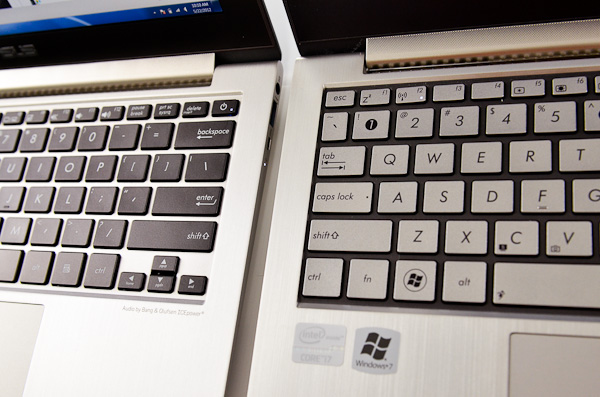
The new keyboard (left) vs. the old keyboard (right)
The keyboard obviously looks very similar to Apple's chiclet as well and now features a LED backlight. There are three selectable brightness settings for the keyboard backlight (four if you count off), which you control via a keyboard shortcut (fn F3/F4).
A Much Improved Trackpad
The problematic trackpad from the original Zenbook was actually addressed mid-cycle last generation. ASUS switched to an ELAN trackpad that did away with most of the issues I encountered. Users who wanted the new trackpad could call, complain and should've been able to get their unit swapped out although there was never a formal replacement program. The Zenbook Prime uses the same trackpad, although this is my first personal experience with it in a Zenbook.
In short, it's much better than what I originally reviewed. Keeping one finger on the trackpad's left click area while you move the pointer is no longer an issue. The pointer will occasionally refuse to move but it's very rare and ASUS even ships software that lets you tweak the trackpad's sensor to better match how you use it:
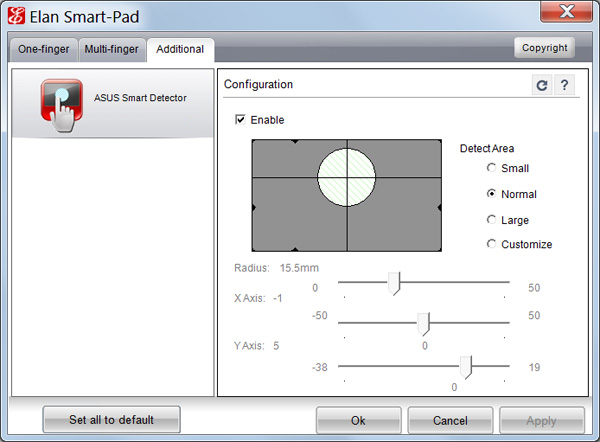
Tap to click and actually clicking the trackpad are both non-issues again. Two finger scrolling as well as three finger forward/back gestures all work very well. Overall the experience is pretty good, albeit not quite perfect. It's likely the best ASUS can do without writing its own trackpad driver. At some point it may just come to that however.
An Updated Power Adapter
The 45W power adapter from the Zenbook gets a slight update as well. Remember the charge indicator that never turned off? Fixed. Also the somewhat worrisome power connector has been beefed up, it's a bit thicker and I'm less worried about it snapping off.
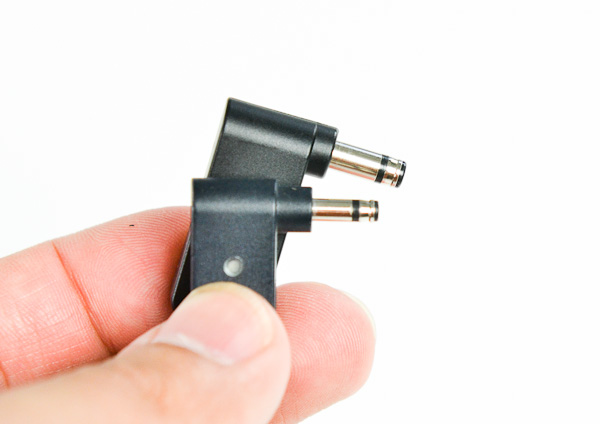
The old Zenbook power connector (bottom) vs. the new Zenbook Prime connector (top)
I shouldn't be surprised that ASUS fixed these things but it's just so rare that a company listens to feedback and acts appropriately in such a short period of time. I would still like to see a MagSafe clone and better cable management than a bit of velcro, although navigating around any associated patents there should be fun for ASUS' lawyers.
Vastly Improved WiFi
The original Zenbook featured a 2.4GHz Qualcomm Atheros AR9485 802.11b/g/n WiFi solution. Only supporting a single spatial stream the best sustained speeds I saw were around 5MB/s using 20MHz channels at 2.4GHz. The Zenbook Prime offers a considerable upgrade.

Now inside the machine is Intel's Centrino Advanced-N 6205 controller. The 802.11a/g/n controller adds 5GHz support and link speeds of up to 300Mbps. In practice I saw a doubling of performance under the same conditions as the original Zenbook (80Mbps vs. ~40Mbps).
As a side benefit, since ASUS is using Intel's Centrino WiFi on an Intel platform it also by default supports Intel's Wireless Display (WiDi) technology.
Just like last time, the UX21A comes with a sleeve case, VGA dongle and USB to 10/100 Ethernet adapter.
USB 3.0 on Both Ports
Courtesy of Intel's HM76 chipset found on the Zenbook Prime's motherboard are the notebook's two USB 3.0 ports. The original Zenbook had a single USB 3.0 port and one USB 2.0 port by comparison. USB 3.0 performance is a bit higher than what I measured with the original Zenbook. I had no problems sustaining transfers at above 170MB/s.
VGA and HDMI out are also supported. There's no Thunderbolt or DisplayPort on the Zenbook Prime unfortunately.
Simplified SSDs
The original Zenbook offered one of two SSDs depending on the model you picked up: Sandisk's U100 or ADATA's SandForce SF-2281 based XM11. If you'll remember back to my review of the original Zenbook I expressed concern that ASUS was shipping a known buggy firmware with the ADATA drive, although admittedly I didn't run into any of the SandForce BSOD issues during my review of the system. It looks like those concerns can be put to rest as ASUS has dropped SandForce from the Zenbook Prime. Sandisk's U100 is all that's available now.
As we've alluded to in the past, the U100 isn't the fastest SSD on the block but it should be very well priced for ASUS and obviously faster than a mechanical drive. Read speeds are quite good, but write performance is where the U100 falls short. Do a lot of IO (e.g. install a game or just write sequentially to the drive) and you'll notice IO latencies increase. It's the same issue we ran into early on in the MLC client SSD space, but no where near as bad. The good news is there's no stuttering or other similarly undesirable behavior. The system still functions like it has an SSD, it's just that it could be a lot faster under load. I'm saving a full investigation into U100 performance for final Zenbook Prime hardware.
My hope is that we'll see vendors offer drop in replacements for the drive similar to what we saw OWC do for the MacBook Air. I still haven't gotten a straight answer as to whether or not the ASUS drive is electrically compatible with the MacBook Air SSD, nor have I been brave enough to risk nuking a drive to find out. Update: the two SSDs are physically similar, but not physically compatible. Here's a challenge to all SSD makers out there: build an upgrade kit for the Zenbook.


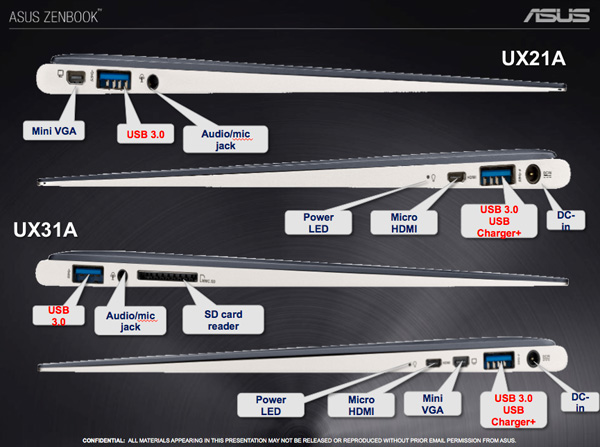
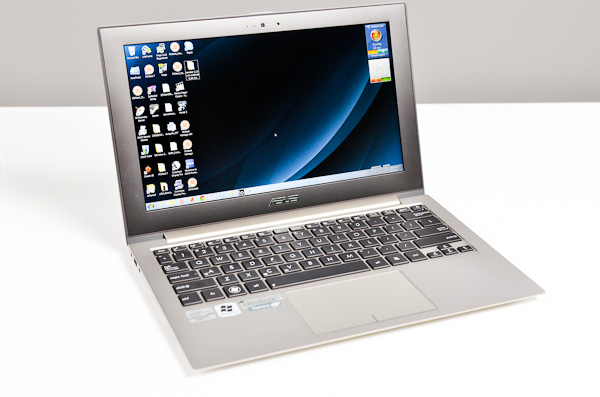






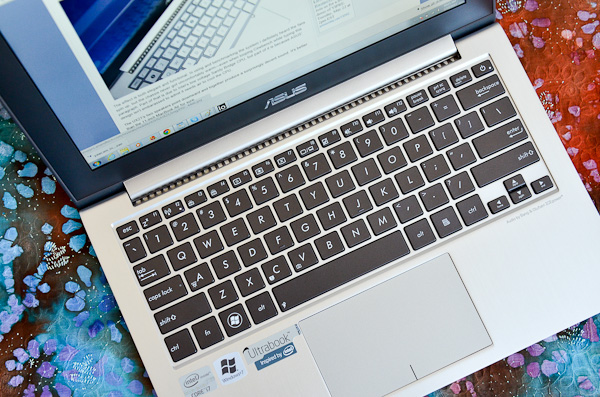
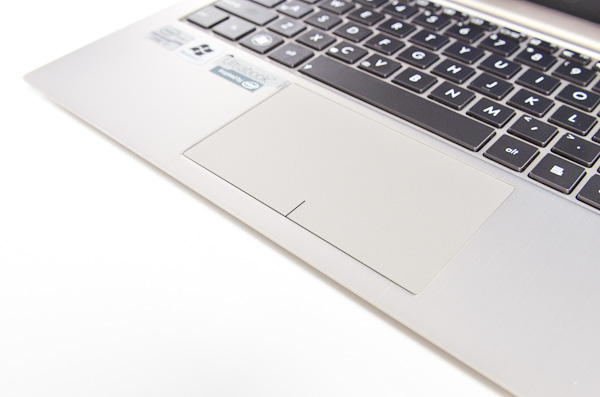
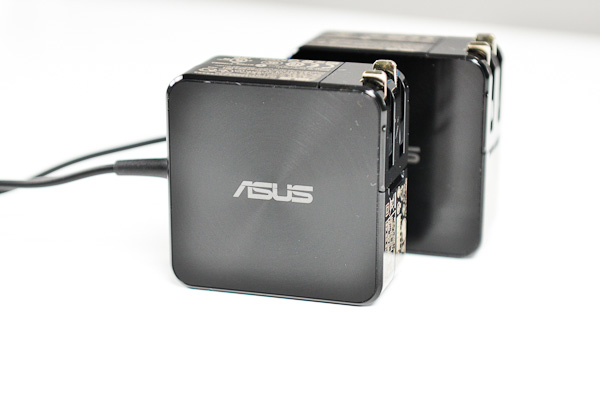
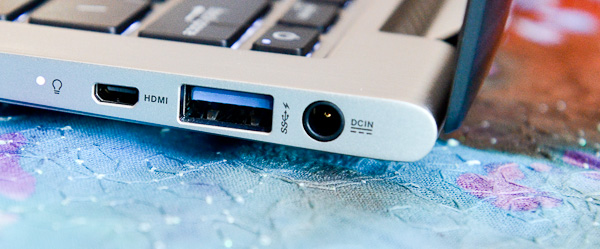








192 Comments
View All Comments
netmann - Saturday, June 9, 2012 - link
Anand did not open the bottom panel of UX21A this time around! But, I am curious to see if the SanDisk U100 is still the Gum Stick or the mSATA form factor. The SanDisk website does not show the Gum Stick type, only the mSATA and mini mSATA!If the SSD in UX21A is mSATA it can easily be upgraded with faster one such as Mushkin Atlas mSATA SSD. If U100 is Gum Stick perhaps it can be swapped with A-Data XM11 from previous Zenbook laptops or perhaps Runcore Rocket Air SSD. Your thoughts?
amosbatto - Sunday, June 10, 2012 - link
In GNU/Linux, you don't have the DPI scaling problem in menus, since its desktop environments let you set any font type and font size you want. Windows doesn't let you configure hardly anything.Anyone have any idea how well GNU/Linux supports this hardware? Since it is mostly stock Intel parts, I suspect that processor and graphics support is pretty good, but it would be nice to know if things like switchable TDP are possible. More importantly, does suspend and hibernate work correctly? How is the battery life in GNU/Linux.
And then there is the problem of touchpads, webcams, special buttons, etc. It would be really nice if review sites would list all the internal parts so we can google them and figure out what is supported in GNU/Linux, BSD, Haiku, etc. Not everybody likes to live in proprietary prisons.
amrs - Tuesday, July 31, 2012 - link
There are some issues with Linux but seem to be fixes too. Seems usable to me.See http://ubuntuforums.org/showthread.php?t=2005756 for discussion and https://help.ubuntu.com/community/AsusZenbookPrime for a wiki about the issues and fixes.
memin1857 - Friday, June 15, 2012 - link
I got the UX31A today and it has the 256GB ADATA XM11 Sandforce SSD! the package has the Sandforce Driven by LSI sticker. Also on the aliminium case. The model is UX31A-R4003V Turkish model with i7 cpu, FHD IPS Panel and 256GB SSD. I do not know if sandisk versiona exist. It was a nice surprise, I was worries about Sandisk U100 but it turns out to be Adata Sandforce :)netmann - Sunday, June 17, 2012 - link
Congratulation memin1857!I am also thinking of getting the UX31A or UX21A, however these are not available in US just yet! I currently own the UX31E. Did you get a chance to open the back panel to check the SSD in your UX31A? I am interested to know if your 256 GB ADATA XM11 is still a gum-stick format or a standard mSATA format. I am thinking of swapping the XM11 in my UX31E with the possible U100 in the A series laptops.
ilkhan - Saturday, June 23, 2012 - link
Swap the mini-VGA for a thunderbolt connector, remove the micro-HDMI and power LED for a full sized HDMI port.Fit a Gbit port on there somewhere or at least a bottom connected docking station with power/video/GBit/Sound.
Add a haswell quad CPU and a time appropriate midrange nVid GPU.
I'll get one next year.
Zodryn - Wednesday, July 4, 2012 - link
I recently received my ux31a from Amazon, and noticed a few interesting things:1) There are only two options in the configurable tdp section. 1.7GHz and 1.0GHz at 13W. There is no 16 or 17W option. This bothers me, as I was hoping for better gaming performance than my old ux21e, but at 13W, it was virtually the same. I could really use that extra bump. Anyone know why this is the case?
2) Adata SSD! This laptop is lightning fast. I attribute a good chunk of its speed to Sandforce.
3) When I have the brightness set to max, it is sometimes quite dim. It randomly and gradually brightens at times until it is very bright and pleasant to look at even in direct sunlight. It seems to have issues staying at a consistent brightness.
As a final note, my old ux21e (sandforce) boots in 16 seconds consistently. The ux31a (also sandforce), boots in 26 seconds consistently. This confuses me greatly.
yatahaze - Friday, August 3, 2012 - link
I've had a UX31A for a little over a month now, and my drive has gone horribly corrupt simply after waking it from sleep. Many many many errors reported by disk utilities.veteran_n00b - Thursday, August 23, 2012 - link
This just happened to me this morning. Tried to wake from sleep but the system was unresponsive. Forced shutdown and then it would not boot. I was able to get it going again with boot repair. Then I ran chkdsk the system file checker and found that there were a lot of corrupted files!Oh yeah, this is my 2nd laptop which I am in the process of returning because the webcam stopped working. My first one stopped charging one day so I had to return that.
I really want to like this laptop but wow, such quality issues!
ijozic - Tuesday, August 21, 2012 - link
I guess the review needs some update regarding the Ivy Bridge CPUs and the battery life in the low power mode, etc.